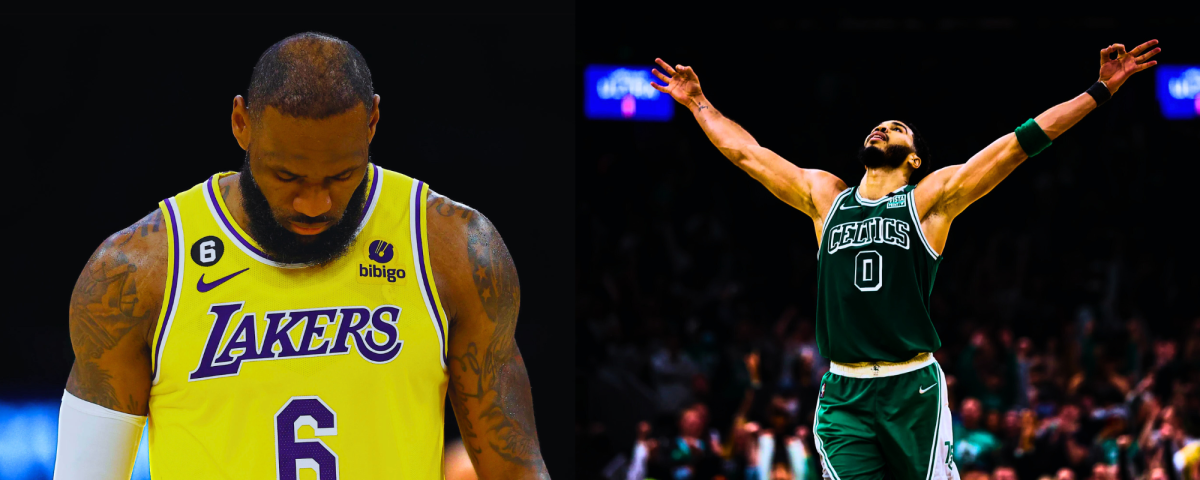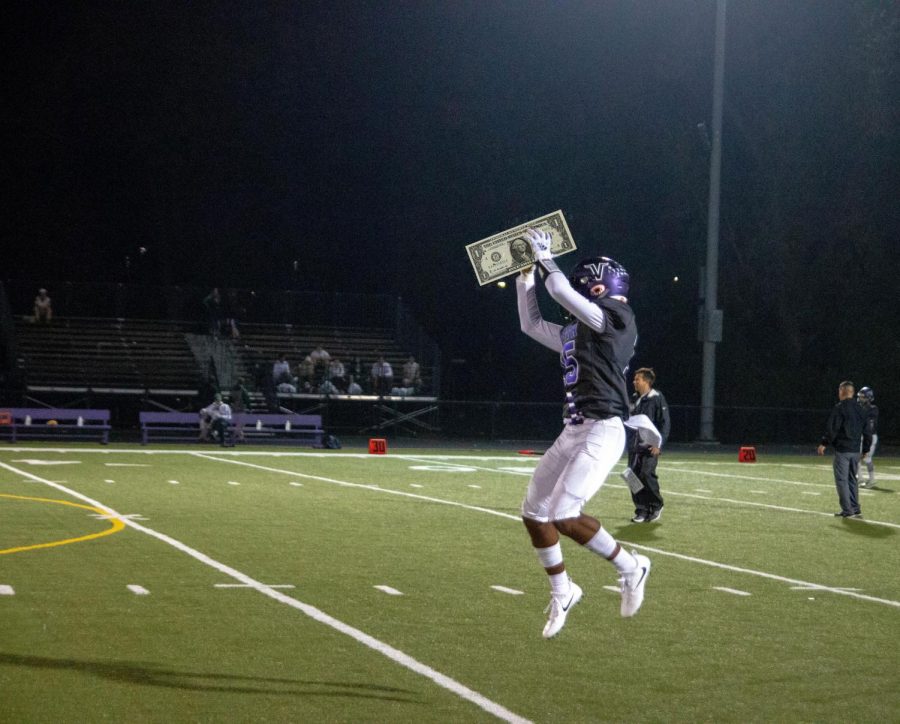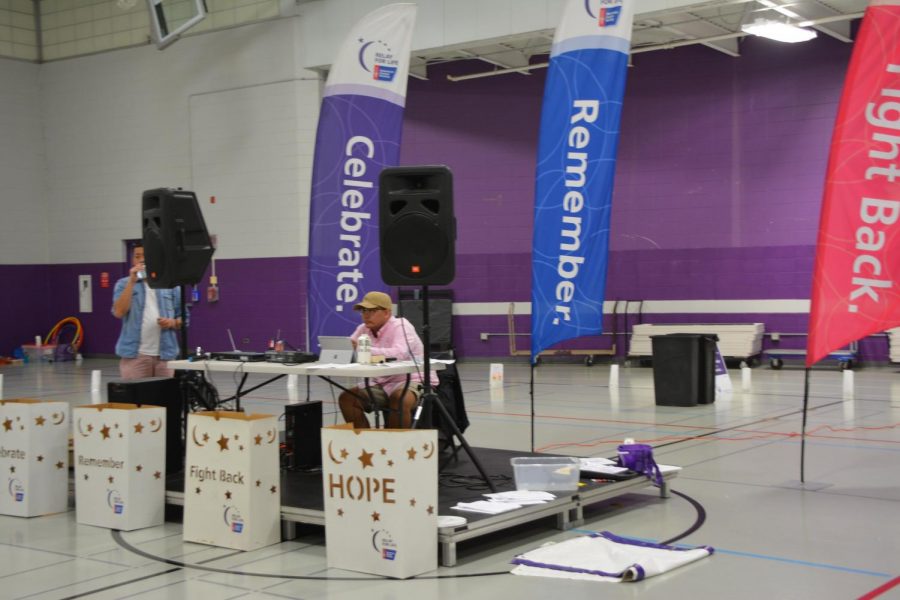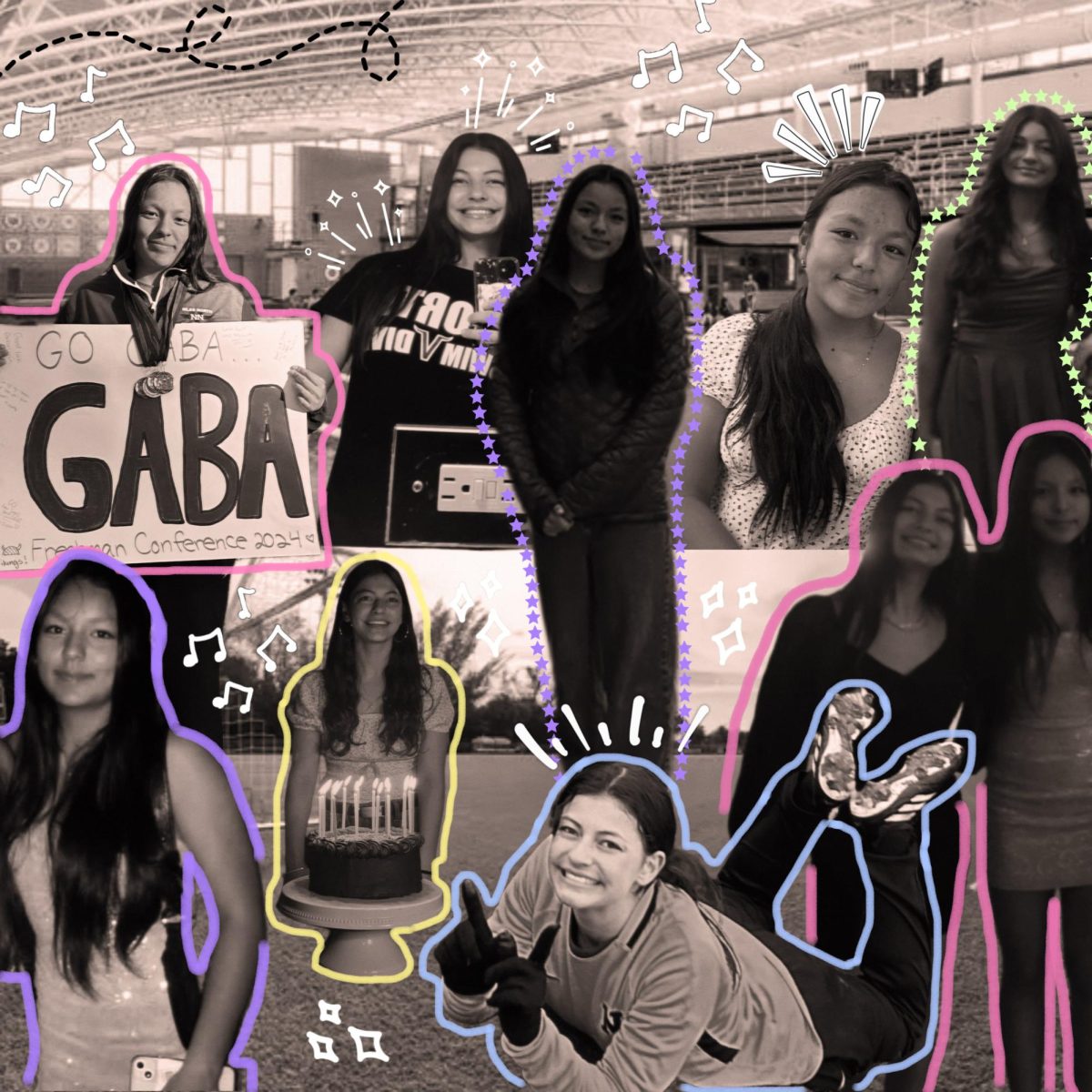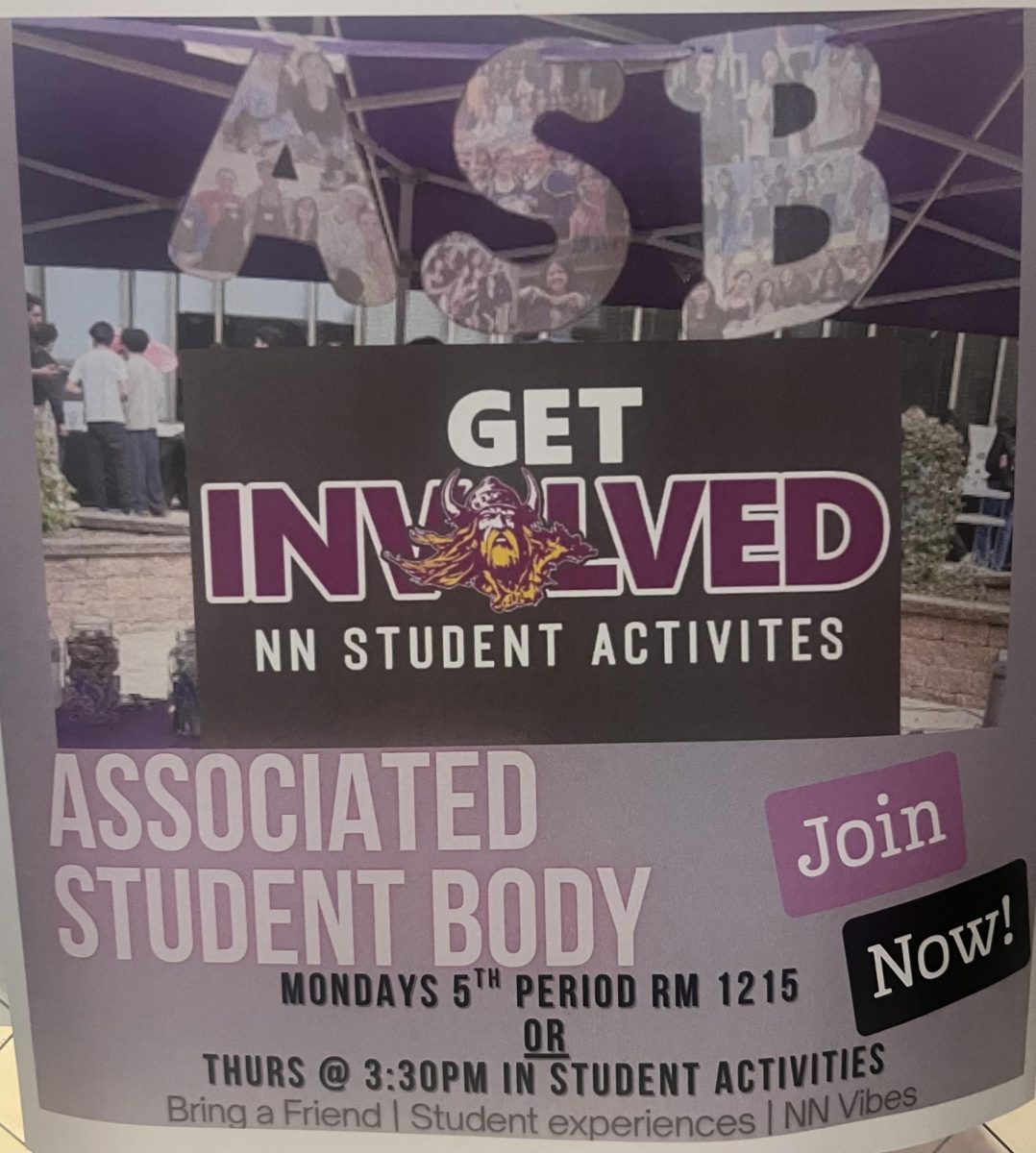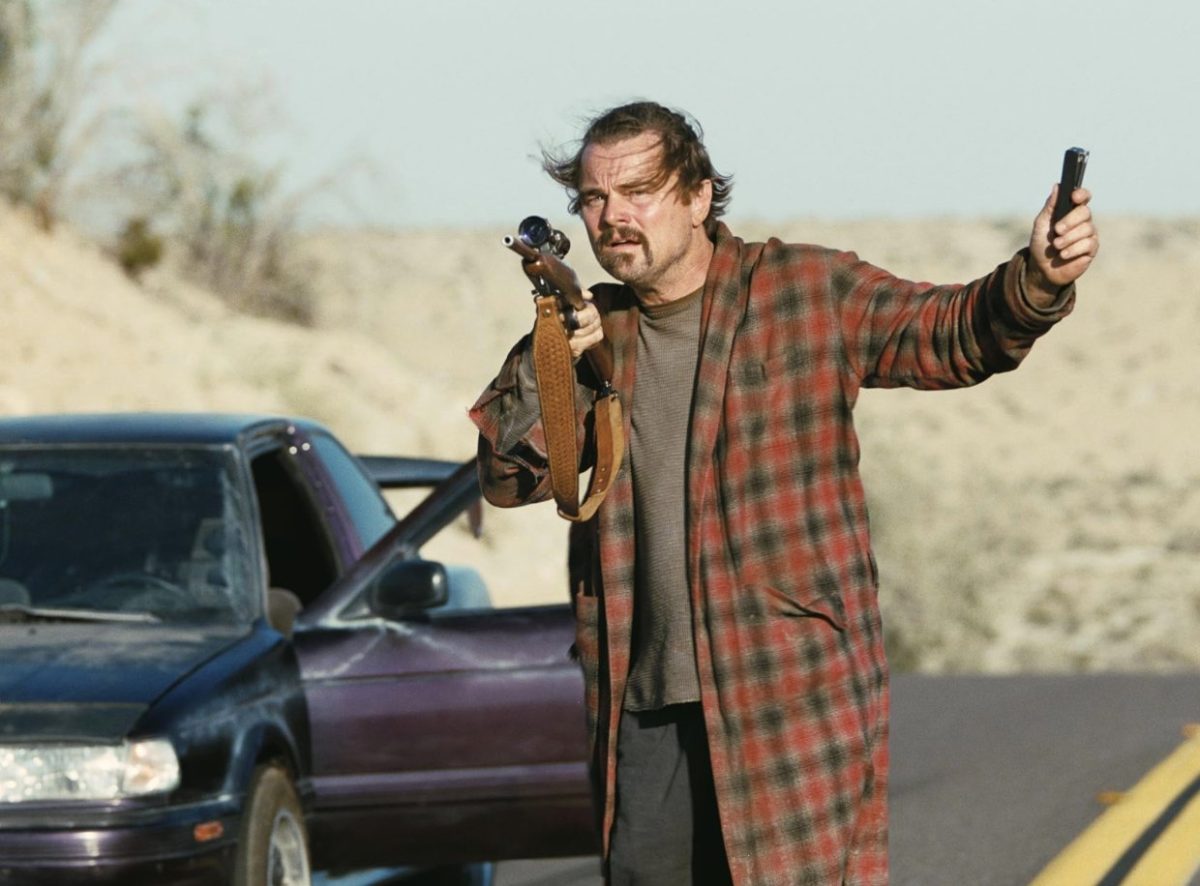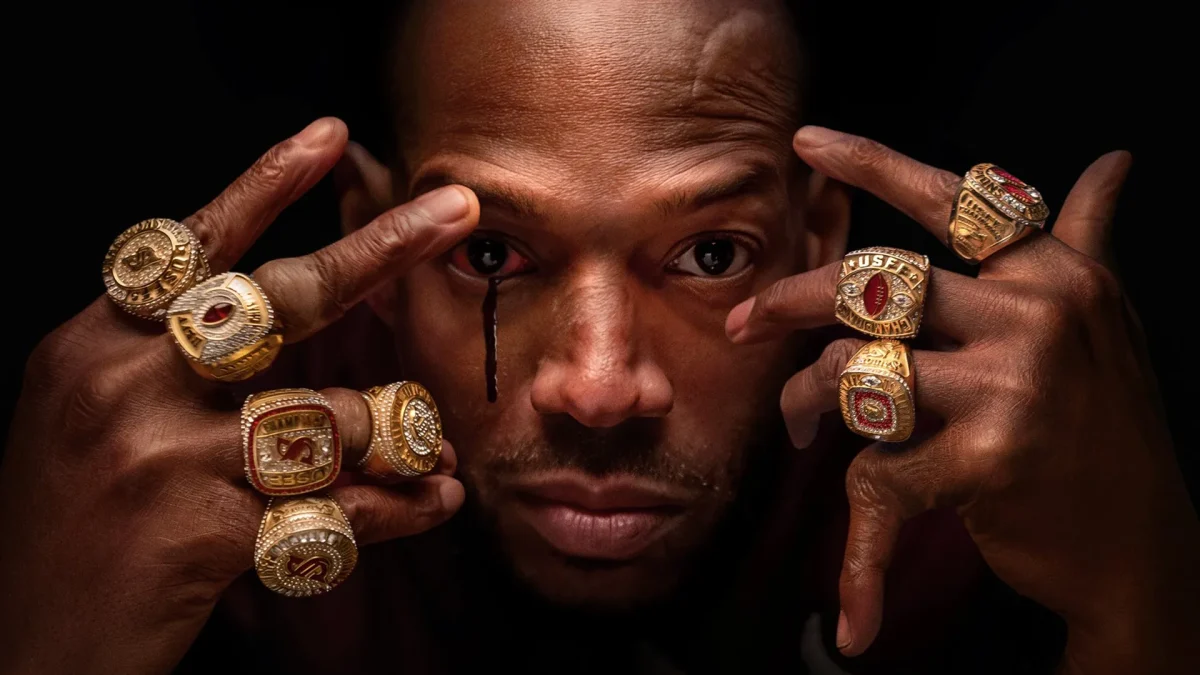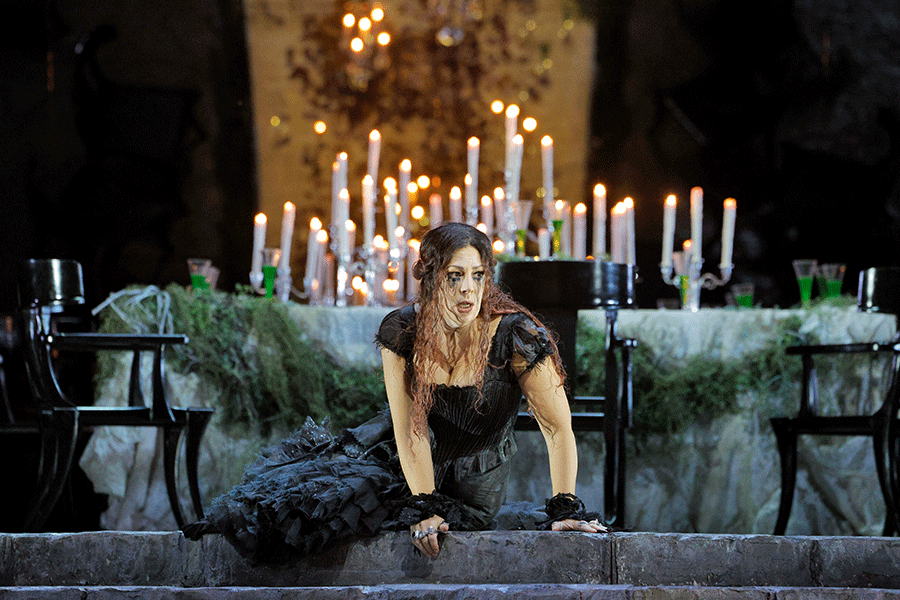From screaming teenage girls and beaming boys, everyone in 1964 was struck with a mass hysteria title by the media as “Beatlemania”. Reporters and radio DJs never expected a group of four English teenagers to send the world into the streets in the thousands to get a glimpse of their mop tops and gleaming smiles, let alone the boys themselves. Now, over 50 years later, viewers get an amazing look at the lives of the fab four.
Ron Howard, a child actor and an accomplished film director, took 8 Days a Week into his own hands, even getting exclusive interviews with Paul McCartney and Ringo Starr, to make this a documentary that shined a light on the true side of the early history of the Beatles.
The friendship and band that was formed between the four fellows from Liverpool, England, was clearly displayed in depth, and took up an extensive half hour of the film. The unseen clips of the four in their early years helped get through that period, but with long interviews from semi-unimportant people it took way too long to get to the good parts.
Just as the movie started to gain momentum, it seemed to lose that speed and fall back down. The view of the Beatles in America took much too long to get through, even though it hardly lasted a whole year of shows. The highlight of that era had to be the remastered videos of their performances at Candlestick Park and Shea Stadium.
The era was also detailed by exclusive interviews provided by Larry Kane, a news reporter that went on the road with the Beatles on their second visit to the states. Flying on the group’s private jet, he got many personal, and recorded, conversations with each of the members.
At this point controversy hits as John Lennon makes a remark in an interview with Maureen Cleave. “Christianity will go. It will vanish and shrink. I needn’t argue about that; I’m right and I’ll be proved right. We’re more popular than Jesus now; I don’t know which will go first – rock ‘n’ roll or Christianity. Jesus was all right but his disciples were thick and ordinary. It’s them twisting it that ruins it for me,” said Lennon.
This was, by far, one of the most interesting parts of the entire film. There were clips of people gathering together Beatles records, shirts, lunch boxes, dolls, and even signed pictures to throw them into massive bonfires. Young girls were in tears because of the hurtful words of their favorite Beatles, and other’s parents were furious as the story made headlines.
As they went farther into the life and timeline of the Beatles, viewers get a glimpse into studio sessions, including rare audio and photos from inside Apple Studios. At this point, the Beatles had stopped doing live shows entirely, and the movie fast forwards to their rooftop perform at Abbey Road Studios, with brief glimpses at the albums between Rubber Soul and Let It Be. This would be the last time the Beatles ever played together.
I know that the movie was meant to focus on their early years, but the ending seemed so rushed. Unless they are intending to make a follow up documentary on their later years, I don’t think the albums in the last half of their career have really had a change to be fleshed out in the spotlight.
Overall, the film was a masterpiece, as it delved into the highs and swooped down to the lows in Beatle history. It was lengthy, yes, but it gave everyone a chance to learn something. From people who actually lived during these times, to new fans, everyone was able to take something away from this film.
After a brief showing in very few theaters, the documentary, without the restored Shea Stadium concert, is now available to stream on Hulu.



